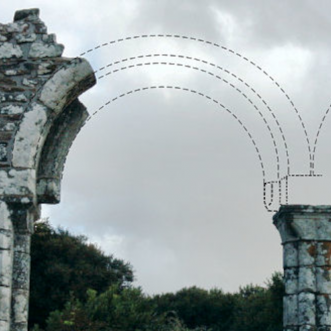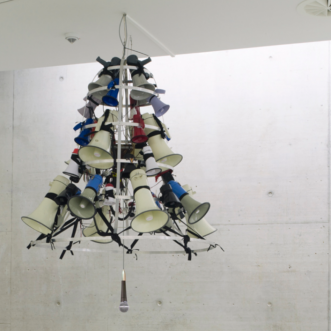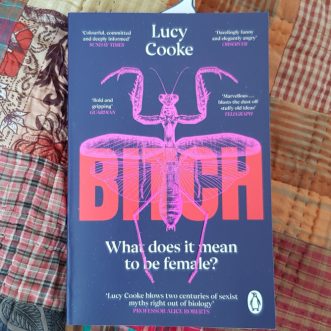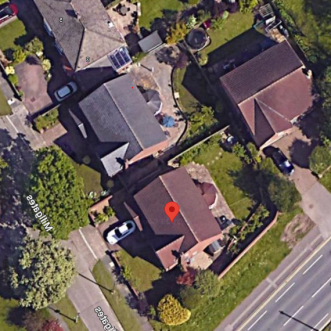April 17, 2023
One of our case studies at London Business School, involved a company that supplied rags to industry. Rags – textiles at the absolute end of their useful life might seem to be the ultimate commodity. Almost worthless. How could a business supplying them ever hope to create unmissable value for it’s customers?
Simple.
By surrounding that commodity product with deep layers of service.
By getting under the skin of it’s clients; understanding where and how they used the rags and what the problems could be. Then making sure they more than met every rags need in the way they sold, delivered, collected and disposed of them for the client.
By maintaining that intimacy with their clients through the people they interacted with – the people who delivered and collected, so that every new need could be anticipated and added to the service.
In those days, adding service meant adding people, because people are the only way to create value for other people.
That’s still true, even if nowadays your first thought would be to build an online platform.
Technology doesn’t create new value overall, it can only make it cheaper for a particular business to deliver its service – until another particular business catches up or overtakes, or undercuts (Ever wondered why hand car washes have replaced the automated ones? Cheap (slave) labour, makes machinery unprofitable).
So if the key to profitability is service, and service means adding people to deal with people, maybe we have an answer to the climate crisis?
Stop making things, use what we already have (e.g. enough clothing for 3 times the global population), and pay people well to support other people – regenerating our environment; housing; education; health; repair and recycling; art; music, entertainment… the list is endless.
We wouldn’t be short of work, and we might well be happier.
After all, this is how we did things for most of our existence on this planet.
One day we might realise we don’t even need money to make this work.










